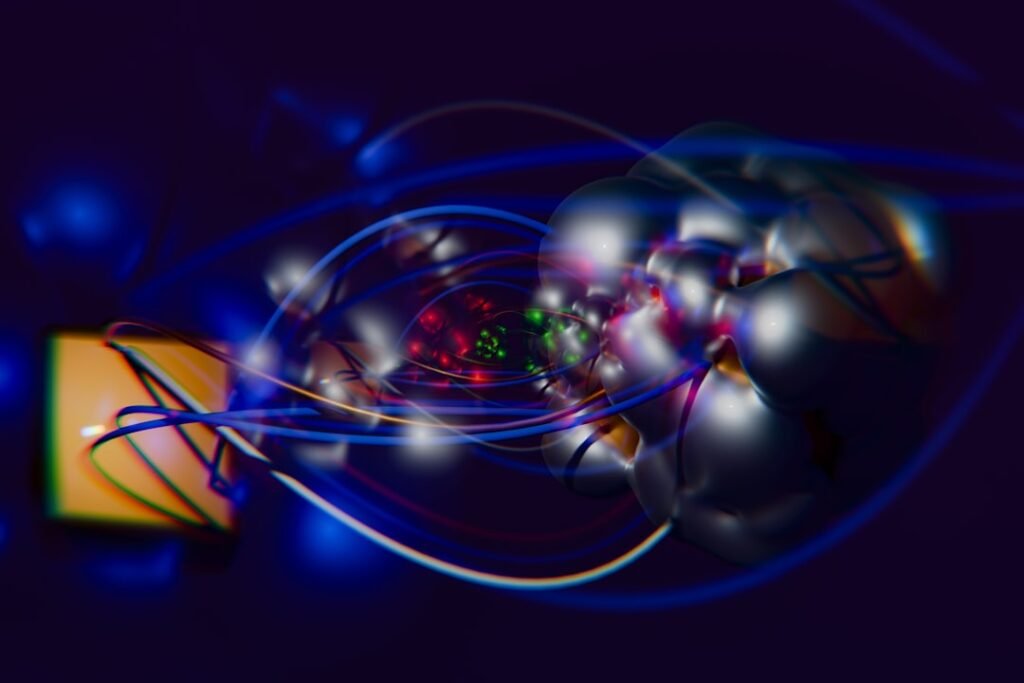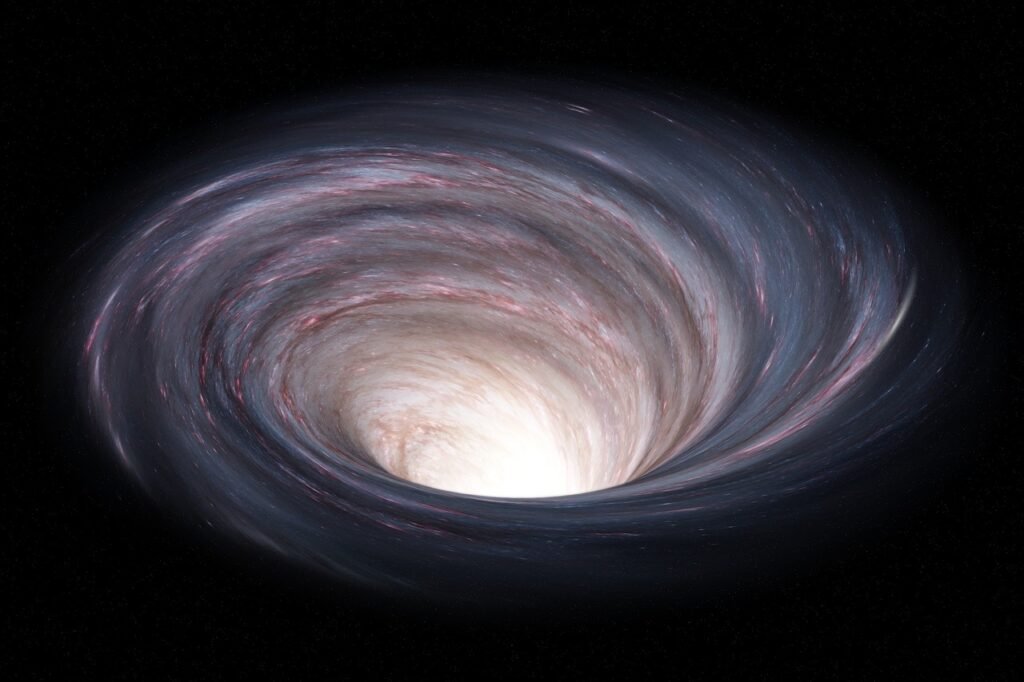On damp October nights, the trade their earthy browns for something stranger – a soft, cold green that seems to breathe out of the wood itself. Hikers whisper stories about ghostly logs and star-like caps tucked under sword ferns, and for once the rumors are right. After a string of rainy fronts and mild temperatures, glowing mushrooms are back, and they’re more than a forest spectacle. They’re messengers. This is a mystery powered by chemistry, ecology, and a dash of luck, and scientists are finally catching up to what night walkers have sensed for generations.
The Hidden Clues

Here’s the surprise: much of the glow isn’t from the mushroom caps – it’s from the underground life-support system, the mycelium, threading through wood like veins of moonlight. The light is dim enough to miss unless your eyes adjust, yet once you see it, the forest reorganizes around that green flicker. I remember cupping a rotten stick on a coastal trail and feeling a jolt of childlike awe when it lit up like a mossy lantern.
This glow, often nicknamed foxfire, shows up when fungi are hard at work digesting wood. It’s not just decoration; it lines up with active metabolism, oxygen, and the right moisture. In other words, the forest’s recyclers turn on a tiny neon sign that says: decomposition in progress.
From Ancient Tools to Modern Science

Folklore carried the foxfire story long before lab notebooks did, but the science has sprinted forward in the last decade. Low-light cameras now pick up signals far fainter than the human eye can catch, revealing slow pulses and patches of brightness across a log like a weather map. Genetic sleuthing has also pulled the curtain back on the enzymes and metabolic steps that make green light from plant-derived molecules in the wood.
Researchers have traced a compact set of fungal genes that convert a pigment precursor into a light-emitting compound, then recycle it like a rechargeable battery. That elegant loop has already been borrowed in the lab to make non-fungal cells glow without external chemicals. It’s one of those rare cases where a forest curiosity becomes a toolkit, and the toolkit feeds right back into ecology.
The Chemistry of Cold Light

Bioluminescence in fungi involves a different biochemical pathway than the classical luciferin-luciferase system, using compounds like caffeic acid and hispidin derived from wood-loving pigments, and the light peaks in the green – exactly the wavelength our eyes perceive well in darkness. Because the reaction is efficient, it produces almost no heat, which is why the glow looks cool and lunar rather than fiery.
Under a microscope, you can imagine a tiny assembly line: synthesize the fuel, excite it, release a photon, and reset. The beauty is in its frugality; a little oxygen, a little energy, and a lot of signal for any night-active creatures paying attention. No batteries, no sunlight, just chemistry tuned to the understory’s after-hours.
Who’s Glowing Here?

In , two players take the spotlight. The mycelium of honey mushrooms (the Armillaria group) is notorious for lighting up deadwood and sometimes the undersides of bark, even when fruiting bodies are nowhere to be seen. In California’s oak zones, the Jack-o’-lantern mushroom (Omphalotus nidiformis) can lend a faint halo to its gills, a party trick that rewards patient eyes on humid nights.
Smaller, delicate mushrooms in the Mycena clan are global luminescence regulars, and their close kin are scattered through temperate woods here as well. Many glows are fleeting, depending on rain, temperature, and the age of the wood. The rule of thumb is humble but reliable: look for soft, rotting logs after a wet stretch, and turn off your flashlight for several quiet minutes.
Global Perspectives

The Pacific story is part of a bigger map that arcs from Brazil’s towering hardwoods to Japan’s coastal forests and Australia’s eucalyptus groves. Different lineages have evolved similar light shows, suggesting the glow pays for itself in more than one way. Some species illuminate entire caps; others confine the shine to gills or mycelial threads, like selective signage in a dark city.
Seen this way, bioluminescence is not a biological oddity – it’s a global strategy that emerged multiple times in fungal history. That breadth helps researchers separate what’s universal (the core chemistry) from what’s local (the specific ecological job). The Pacific Northwest and California chapters simply add temperate nuance to a tropical-tilted saga.
Why It Matters

Glowing fungi aren’t just eye candy; they’re living sensors for hidden forest work. When lights appear on deadwood, decomposition is humming, carbon is moving, and nutrients are being ceded back to soil and seedlings. Compared with traditional methods like destructive sampling or dye tracers, the glow offers a non-invasive, real-time indicator you can read in the field.
That makes a difference for monitoring forest health at night or during seasons when leaves and needles hide the action. It also opens doors for new conservation habits – protecting the messiness of downed branches and old logs because they’re hot spots of biodiversity. Think of the glow as the forest’s dashboard, blinking softly to say the engine is still running.
- Known luminous fungi number over 80 species worldwide, spanning several lineages with a shared green signature.
- The light is far dimmer than household LEDs, yet conspicuous to many night-active insects and to cameras optimized for low light.
- Luminescence correlates with active metabolism, offering a practical proxy for decay without cutting into logs.
The Future Landscape

What happens next is the exciting part. Photon-counting cameras and affordable long-exposure sensors are moving from labs into backpacks, letting field crews map glow intensity like heat maps across a fallen tree. Pair that with environmental DNA from the same wood, and you get a name for the light, not just a pretty picture.
There’s also a credible path to forest biosensing: engineered microbes or fungi that brighten under stress, pollutants, or drought, acting as tiny green alarms. The hurdles are real – regulatory approval, ecological safeguards, and the ethics of introducing engineered organisms – but the direction is clear. Meanwhile, a simpler win is already here: open-source software that denoises night images, making community observations far more useful for researchers.
What You Can Do

Glowing fungi reward patience, and they benefit from a forest allowed to keep its clutter. If you want to help, start by letting deadwood stay where it falls when it’s safe to do so, because that’s the canvas many species paint with light. When you’re exploring at night, use a red-light headlamp and step carefully to avoid crushing mossy nurse logs that host the glow beneath the bark.
You can also log observations with timing, weather notes, and photos using long exposures; even imperfect images add value when patterns are pooled. Citizen science platforms make it easy to share data that researchers can analyze alongside climate records. If you do find a glow, take a breath, lower the light, and let your eyes adjust – the forest will do the rest. Would you have guessed a fallen branch could hold its own northern lights?

Suhail Ahmed is a passionate digital professional and nature enthusiast with over 8 years of experience in content strategy, SEO, web development, and digital operations. Alongside his freelance journey, Suhail actively contributes to nature and wildlife platforms like Discover Wildlife, where he channels his curiosity for the planet into engaging, educational storytelling.
With a strong background in managing digital ecosystems — from ecommerce stores and WordPress websites to social media and automation — Suhail merges technical precision with creative insight. His content reflects a rare balance: SEO-friendly yet deeply human, data-informed yet emotionally resonant.
Driven by a love for discovery and storytelling, Suhail believes in using digital platforms to amplify causes that matter — especially those protecting Earth’s biodiversity and inspiring sustainable living. Whether he’s managing online projects or crafting wildlife content, his goal remains the same: to inform, inspire, and leave a positive digital footprint.




